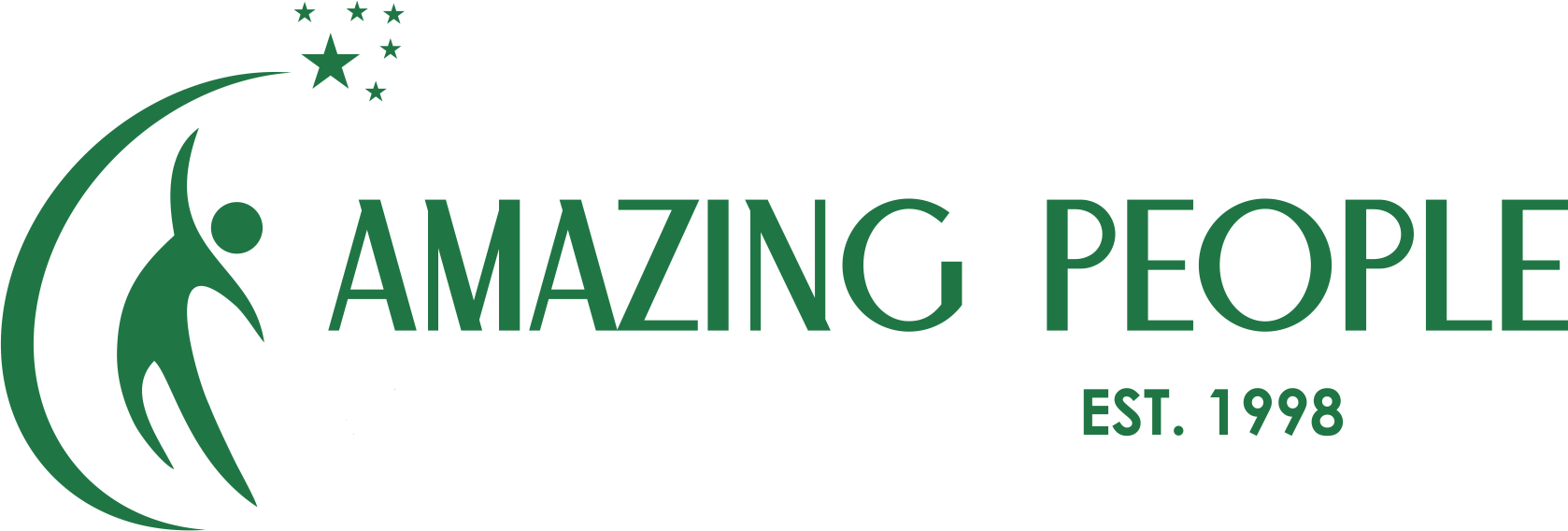The Johari Window is a great model for understanding about feedback
Giving and receiving feedback is how we can understand how others see us, and let people know how we see them. For many years I’ve used the Johari window with individuals and groups. It is a simple way to describe how we can both gather feedback and disclose more about ourselves, and the benefits for doing this.
The following diagram outlines the Johari Window. It was originally developed by two psychologists – Joseph Lunt and Harry Ingham.
We can use this to share information such as feeling, experiences, opinions, motivations and much more. On both an individual and a group basis. In a group situation the SELF area relates to your group and OTHERS relates to a different group.

You will see that there are four panes to the window. The left hand side is things that we know about our self. The right hand side is things that we do not know about our self. Whilst I have shown it as 4 equal size boxes, these borders are not fixed. The borders will move depending on the level of trust and the exchange of feedback.
Johari Window – Quadrant 1: Transparent (public) area
The transparent area contains things that we know about our self and what others will know. It is the public arena, and will increase in size as we develop more trust in the people we are with. These typically are a person’s most prevalent or obvious characteristics such as: “Everyone knows that I am X…”
We can expand this quadrant by sharing more of the information we may have kept hidden (in Quadrant 2). We can also get feedback from others thus reducing our blind area (Quadrant 3).

In a group we can get (sensitive) feedback from our managers and co-workers and we can be open to the feedback offered. We can also share more personal information about prior experience at work and also have we prefer to work and to be managed. For example as someone who demonstrates more introvert qualities you may find it less easy to get involved in a discussion when you haven’t had a chance to prepare. Letting others know this could mean that you get the agenda and pre-reading in advance.
Johari Window – Quadrant 2: Hidden area
The hidden area contains information about ourselves that we choose not to share with people. It could be that we hold back as we are not sure what the reaction will be – might we be rejected or hurt in some way? Or we could choose to keep information to ourselves, as we want to control or manipulate others.
At work a lot of this type of information relates to our work and can include keeping details to ourselves, to give us power or not wanting to admit that we are unclear on a task so struggle on, and maybe get it wrong.
We always need to be mindful of the personal information we share, and some people will find it easier than others. Telling others about the breakup of a relationship or the death of a close friend will probably lead to greater understanding from others. Sharing that you have suffered from depression or areas where you lack confidence could help others see you as human, especially of you have been creating an image of you as a superhero.
You have to decide for yourself if self disclosure is a good thing for you, or not.
The right hand side of the window contains the information that we don’t know about our self.
Johari Window – Quadrant 3: Blind area
The blind area contains information that we don’t know about our self but which the other people know. As we communicate and participate with others they pick up on information such as the way we speak and behave, our levels of sensitivity etc. Feedback will help us to understand more of this and so reduce the area, bringing more into the transparent area. It can help to work in an area where the sensitive provision of feedback is encouraged. Not all of us cope well with feedback so before providing feedback we need to understand if the person can cope with a bucket full or really an egg cup amount is enough.
In the workplace the manager of a group can choose not to share information of the business direction or possible loss of a customer, sometimes thinking this is for the good of the group but sharing this could lead to a useful discussion and plan for how to keep the customer or to enable the team to be ready should company fortunes change quickly.
Quadrant 4 – Unknown (potential discovery) area
The final pane contains information that neither us, nor the group knows about us, this can include early childhood memories, latent potential etc. It is the area that Freud called the Unconscious. There may be some feelings and behaviours and abilities that would be helpful to know but there could also be deeper aspects of our personality that is well hidden. For some people, counselling or therapy would uncover this and help move information from this unknown are to the hidden area, so uncovered but not shared with a group.
Young people generally have a much larger unknown area as they lack self knowledge and no one else may be aware of it too.
Working with a career psychologist can help you to develop your potential discovery area and you can use this information to help you in both work and in your personal life, get in touch to discuss how I can help you.. Brought to you by Denise Taylor, award winning career coach with Amazing People – www.amazingpeople.co.uk





